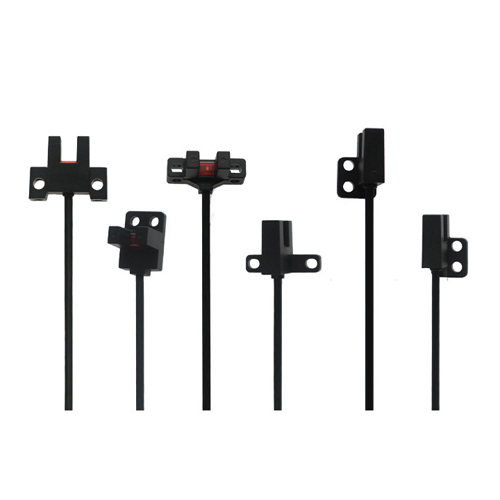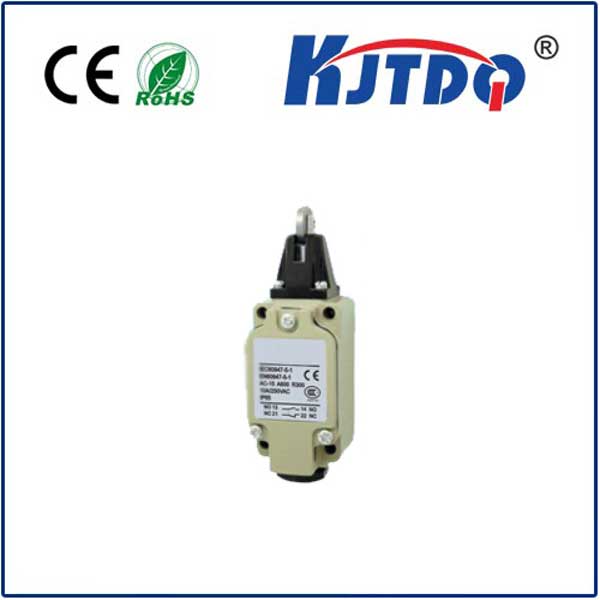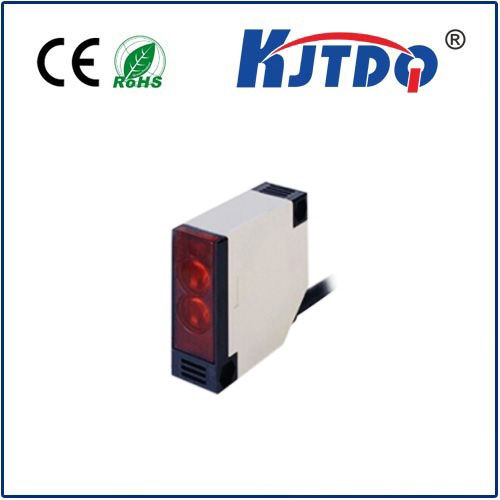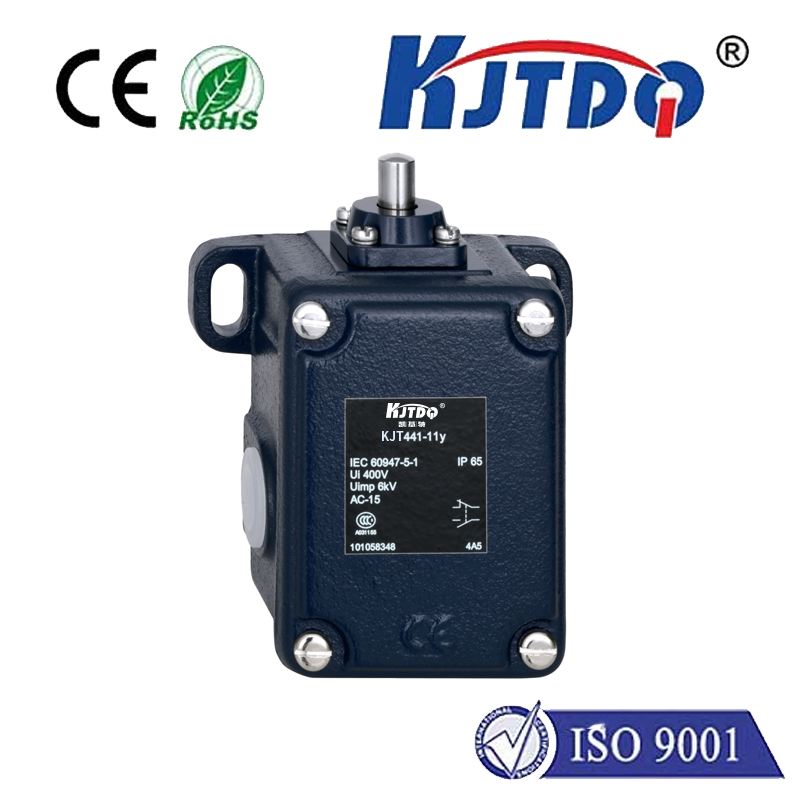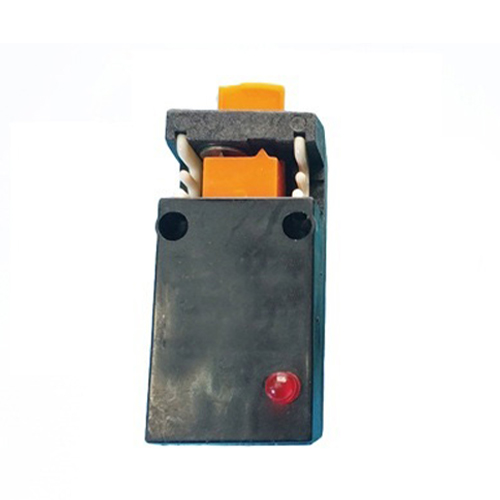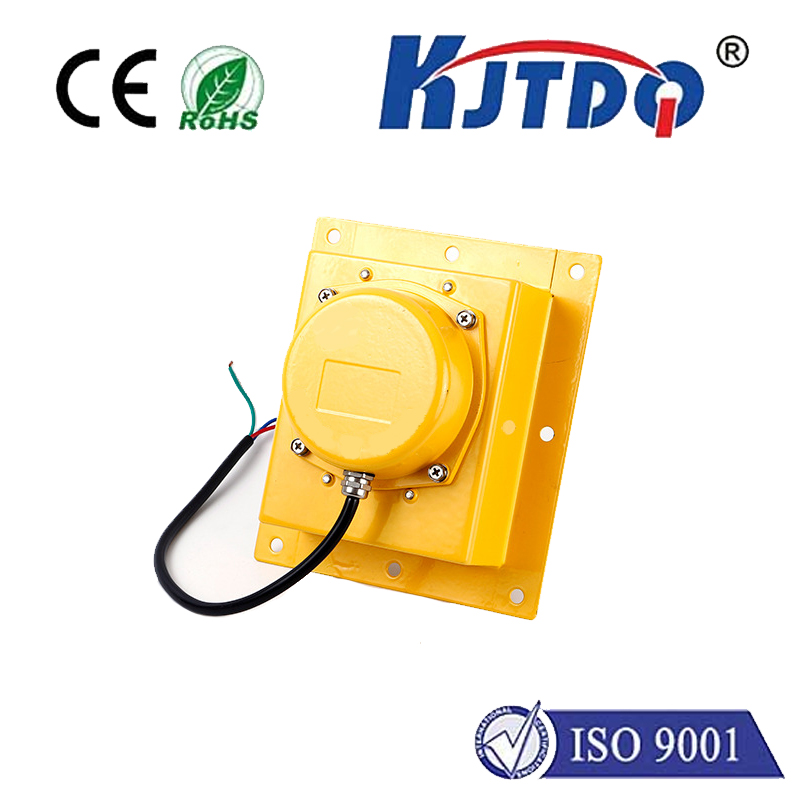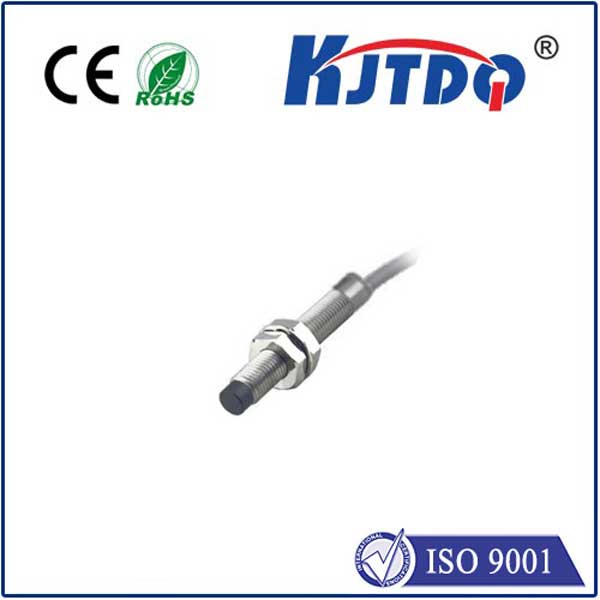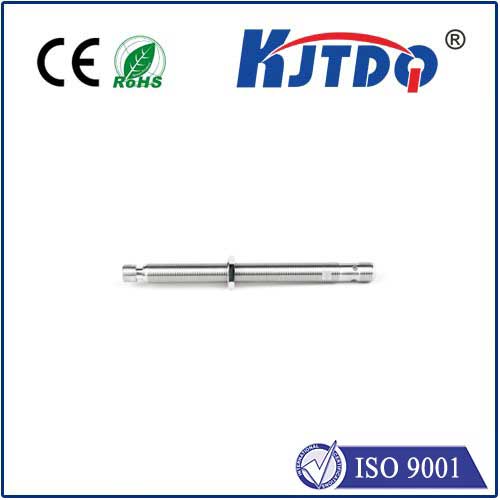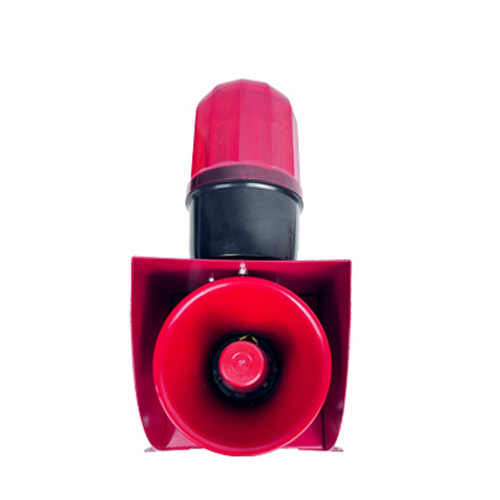1a 125vac Миниатюрные переключатели
- time:2025-08-03 00:45:34
- Нажмите:0
The Essential Guide to 1A 125VAC Micro Switches: Precision in a Tiny Package
**Ever wonder what silently clicks within your coffee maker when the carafe is removed or ensures your microwave door is safely closed? Chances are, a workhorse component called a micro switch is playing a critical role. Specifically, the 1A 125VAC micro switch is a cornerstone of countless electronic controls and safety interlocks.** Understanding its capabilities and applications is key for designers, engineers, and repair technicians navigating the world of low-current AC switching.
What Exactly is a Micro Switch?
A micro switch is not defined by its miniature size alone, though they are typically compact. Their defining characteristic is the snap-action mechanism. Unlike a basic push-button that moves gradually, a micro switch features a spring-loaded actuator. When force is applied and reaches a specific point (the operating point), the internal spring snaps the electrical contacts from one state to another (e.g., Open to Closed or Closed to Open) with remarkable speed and precision. This happens regardless of how slowly or quickly the actuator is pressed beyond the activation threshold.
This snap-action provides several critical advantages:

- Positive Contact Action: Ensures clean, reliable contact closure or opening, minimizing arcing which can degrade contacts over time.
- Tactile Feedback: The distinct “click” provides audible and physical confirmation that the switch has operated.
- Position Independence: Once activated, further pressing doesn’t affect the contact state, only releasing back past the release point resets it.
- Long Lifespan: The quick break/make action significantly reduces contact wear, allowing these switches to endure hundreds of thousands, even millions of cycles.
Decoding “1A 125VAC”: The Crucial Specifications
The designation “1A 125VAC” on a micro switch isn’t arbitrary; it pinpoints its core electrical capabilities:
- 1A (1 Amp): This is the maximum current rating the switch’s contacts are designed to handle reliably. This relatively low amperage rating indicates it’s intended for signalling, control circuits, or low-power loads, not for switching high-power devices like motors or heaters directly. Exceeding this rating risks contact welding, overheating, and premature switch failure.
- 125VAC: This specifies the maximum AC voltage the switch can safely interrupt. It’s a common voltage rating compatible with standard North American household mains power (nominally 120VAC). Using the switch above this voltage risks dielectric breakdown (arcing through insulating materials) between contacts or to the switch body. Crucially, this rating is for Alternating Current (AC). DC (Direct Current) voltage ratings are often lower for the same switch model due to how arcs extinguish differently.
Other vital specifications often accompany these ratings:
- Contact Configuration: SPST (Single Pole, Single Throw - like a simple on/off), SPDT (Single Pole, Double Throw - common changeover for NC/NO), etc.
- Electrical Life: Expected cycles under rated load (e.g., 100,000 cycles @ 1A 125VAC).
- Mechanical Life: Expected cycles with no electrical load (usually much higher).
- Operating Force: The force required to actuate the switch (grams-force or Newtons).
- IP Rating: Ingress Protection against dust and moisture (e.g., IP40, IP67).
Where You’ll Find the 1A 125VAC Micro Switch in Action
The combination of compact size, reliable snap-action, and suitability for common AC control voltages makes the 1A 125VAC micro switch incredibly versatile. They are fundamental components in:
- Home Appliances: Door interlocks in microwaves and ovens, water level sensors in dishwashers and washing machines, lid switches in treadmills or blenders, position detection in coffee makers. Their role in safety interlocks is paramount here.
- HVAC Controls: Limit switches on dampers, fan coil units, detecting filter access doors, thermostat controls.
- Industrial Controls & Machinery: Position sensing on moving parts, conveyor belt stops, equipment guarding interlocks, control panel buttons, pneumatic valve position feedback. Their robustness is key in these environments.
- Vending Machines & Amusement Equipment: Detecting coin insertion, product dispensing mechanisms, door sensors.
- Office Equipment: Paper jam detection in printers/copiers, paper tray position sensing.
- Automotive Applications: Diagnostic equipment, accessory control modules (less commonly in direct high-vibration engine areas, but prevalent in auxiliary systems).
- Electronics & Instrumentation: User interface buttons, mode selection switches within devices powered by step-down transformers.
Selecting the Right 1A 125VAC Micro Switch: Key Considerations
Choosing isn’t just about the amperage and voltage rating. Matching the switch precisely to the application ensures longevity and reliability:
- Actuator Type: This interfaces with the mechanism. Options include:
- Standard Lever: Basic, requires direct push.
- Roller Lever: Reduces friction and wear against sliding surfaces.
- Hinge Lever (Simulated Roller): Spring-loaded tip for smoother operation.
- Pin Plunger: Requires direct, straight-line push.
- Spring Pin: Protects against overtravel.
- Sealed Options: For environments requiring dust or moisture resistance (e.g., IP67).
- Terminal Type: How will it connect?
- Quick Connect (Fast-On): Common, requires male spade terminals.
- PCB Solder Terminals: For direct mounting onto circuit boards.
- Screw Terminals: Less common for micro switches but available.
- Wire Leads: Pre-attached wires.
Contact Material: For 1A loads, contacts are often made from durable silver alloys (like fine silver or silver nickel) offering excellent conductivity and resistance to welding at these lower currents. Avoid using switch contacts near their maximum rating in environments prone to corrosive atmospheres.
Operational Environment: Consider temperature extremes, humidity, potential chemical exposure, dust, and vibration levels. Sealed switches (IP67 or higher) are essential for harsh conditions.
Electrical Load Characteristics: While rated for 1A 125VAC, is the load purely resistive (like an indicator light) or inductive (like a small solenoid or relay coil)? Inductive loads can cause more arcing upon opening; in demanding cases, suppression circuits (like an RC snubber) might be needed across the contacts. Always check the manufacturer’s datasheet for specific load ratings and recommendations.
Installation and Handling Best Practices
- Mounting: Secure the switch firmly to prevent movement or vibration that could cause false triggering or damage. Follow the manufacturer’s mounting hole specifications.
- Actuator Alignment: Ensure the activating mechanism engages the actuator properly (e.g., hits the roller center, doesn’t overtravel excessively past the operating point, releases fully to the reset point). Overtravel is the distance the actuator moves beyond the operating point to ensure reliable actuation;







